Search
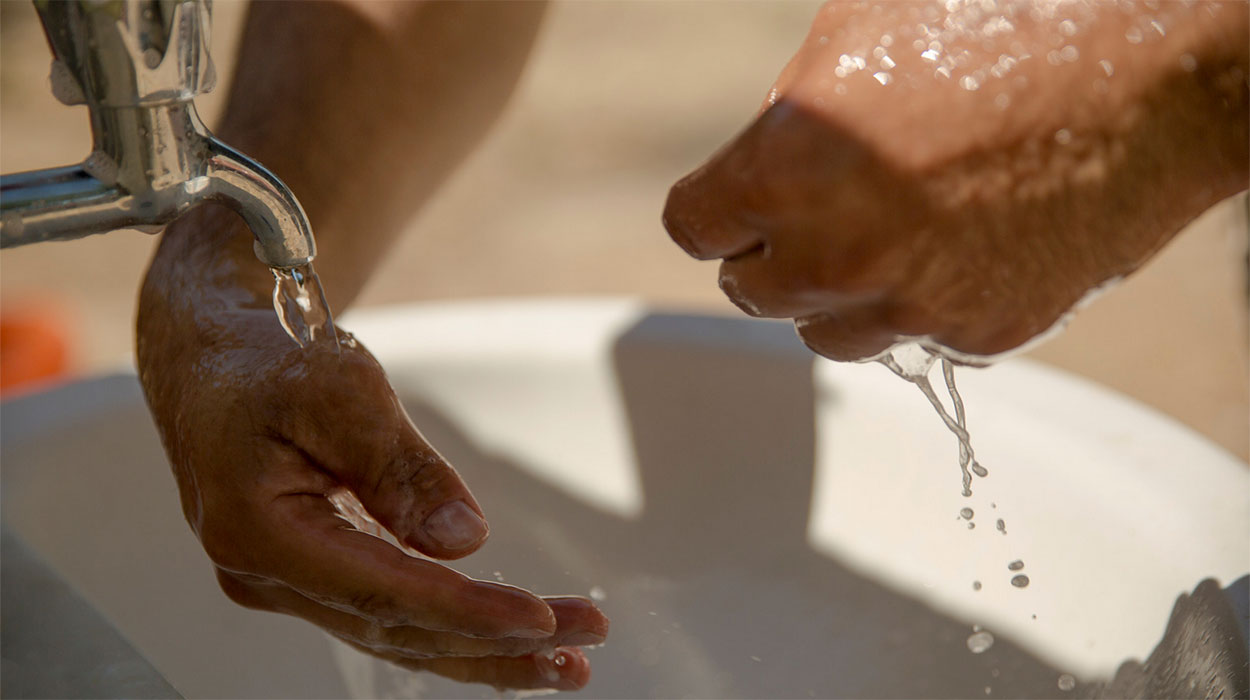
Temporary Hand Washing Stations at Farmer's Market, Food Stands, in the Field
Fact sheet on temporary hand washing stations
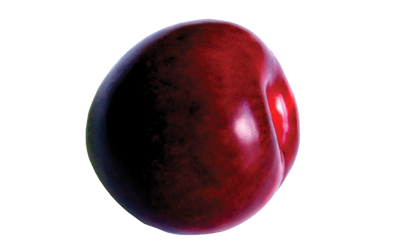
Drying Plums
Fact sheet on drying plums

Drying Chokecherries
Fact sheet on drying chokecherries

Using Dried Corn
Fact sheet on ways to use dried corn
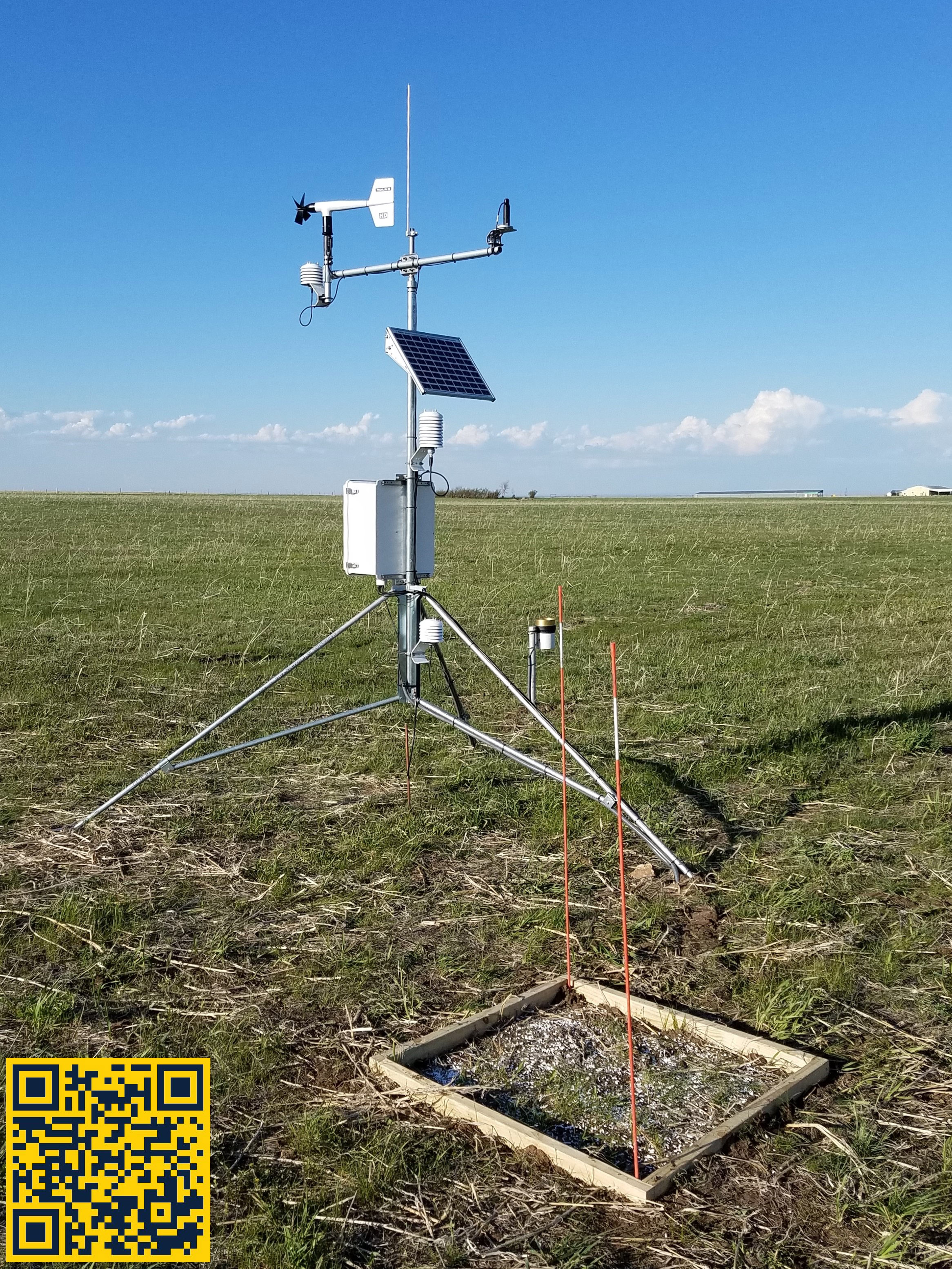
Climate and Weather
View resources to predict, prepare and recover from weather-related events year-round, including the latest drought and flood information.
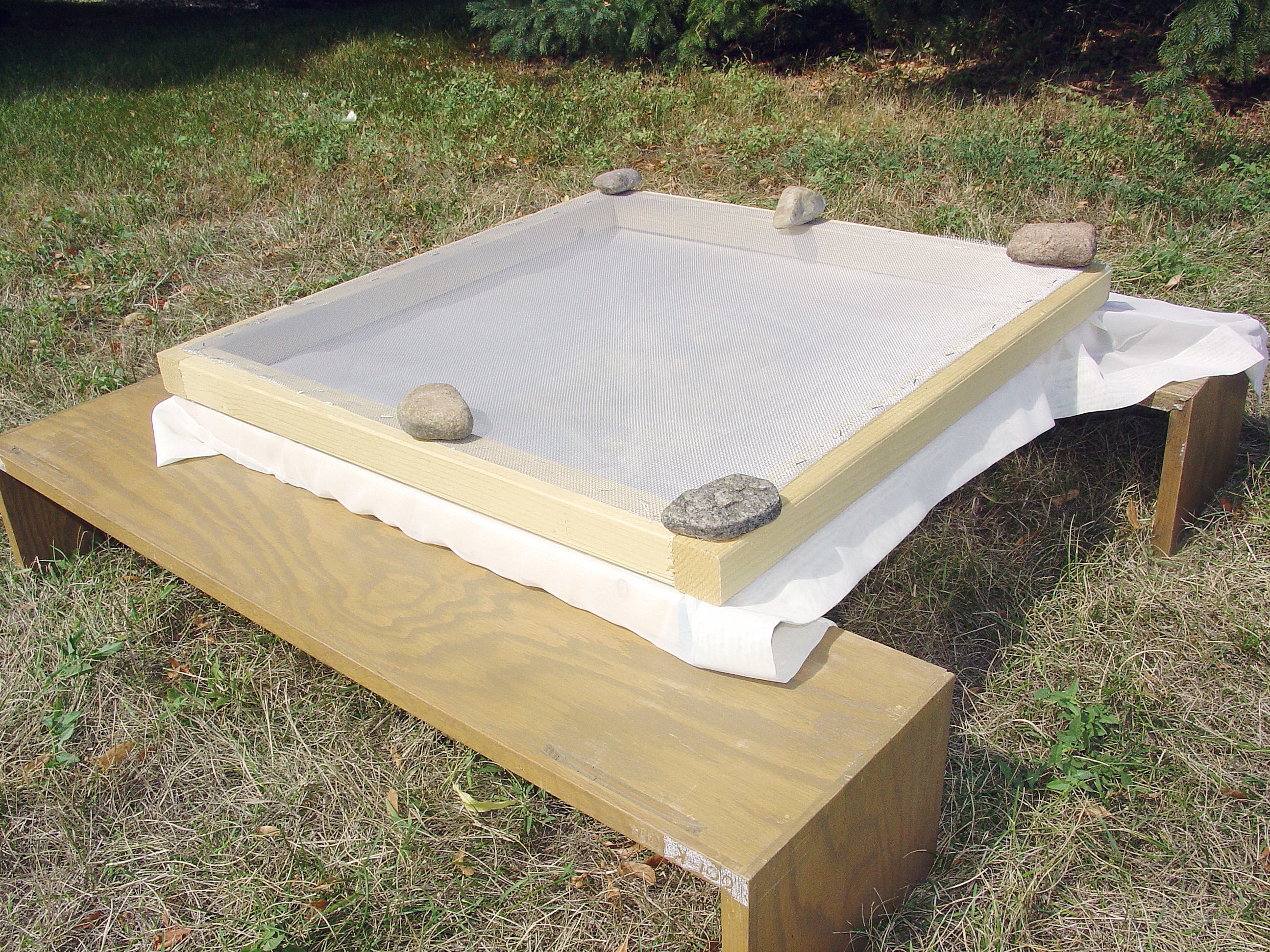
Sun-Drying – A Traditional Native American Method of Preserving Food
Curriculum developed to facilitate the education of a cultural tradition for youth in Native American and non-Native American communities.
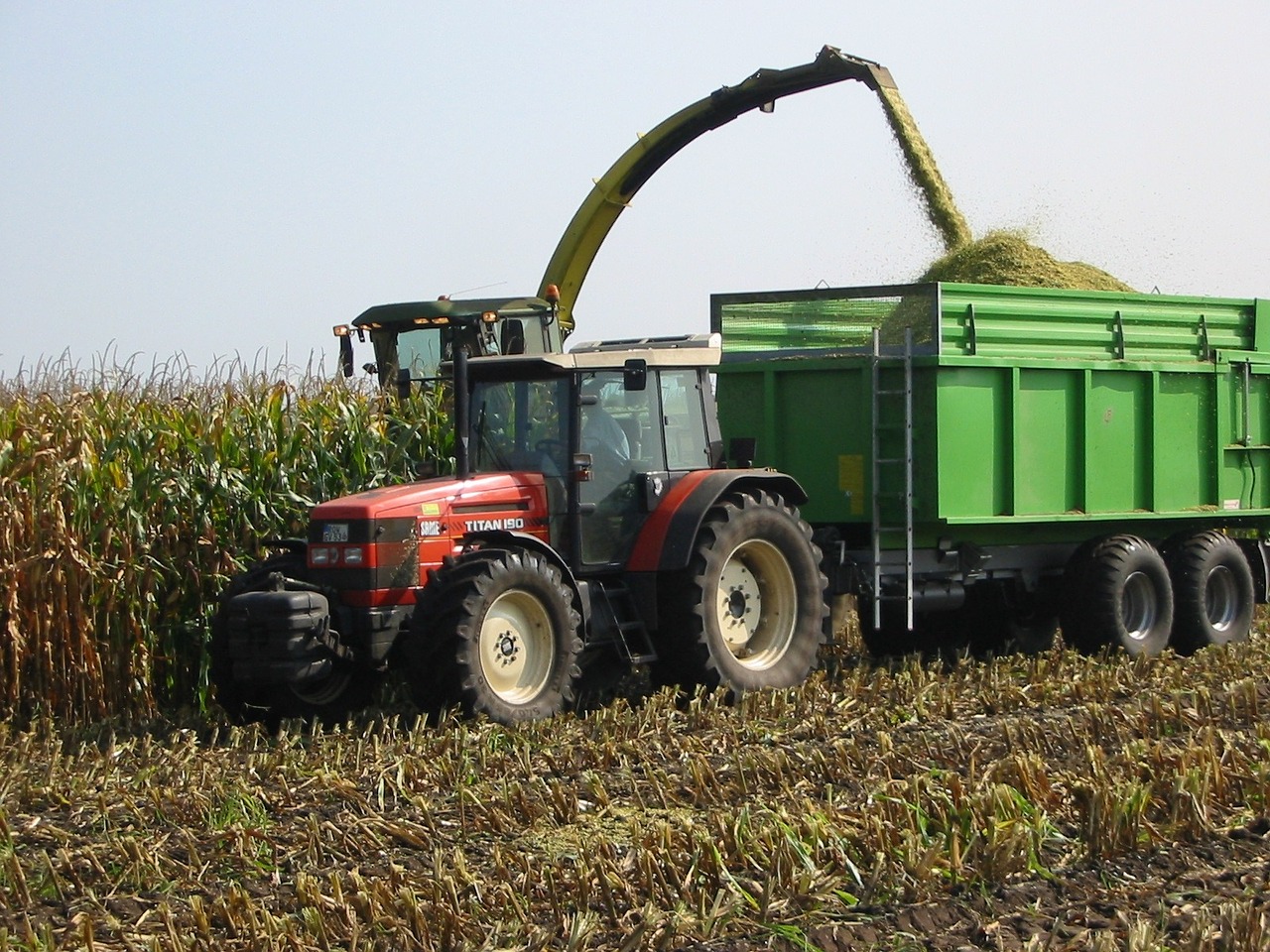
Silage: Minimizing Losses and Maximizing Value
Optimizing silage value starts by harvesting at the right moisture content.

A Guide to Drying Foods
Fact sheet about drying foods
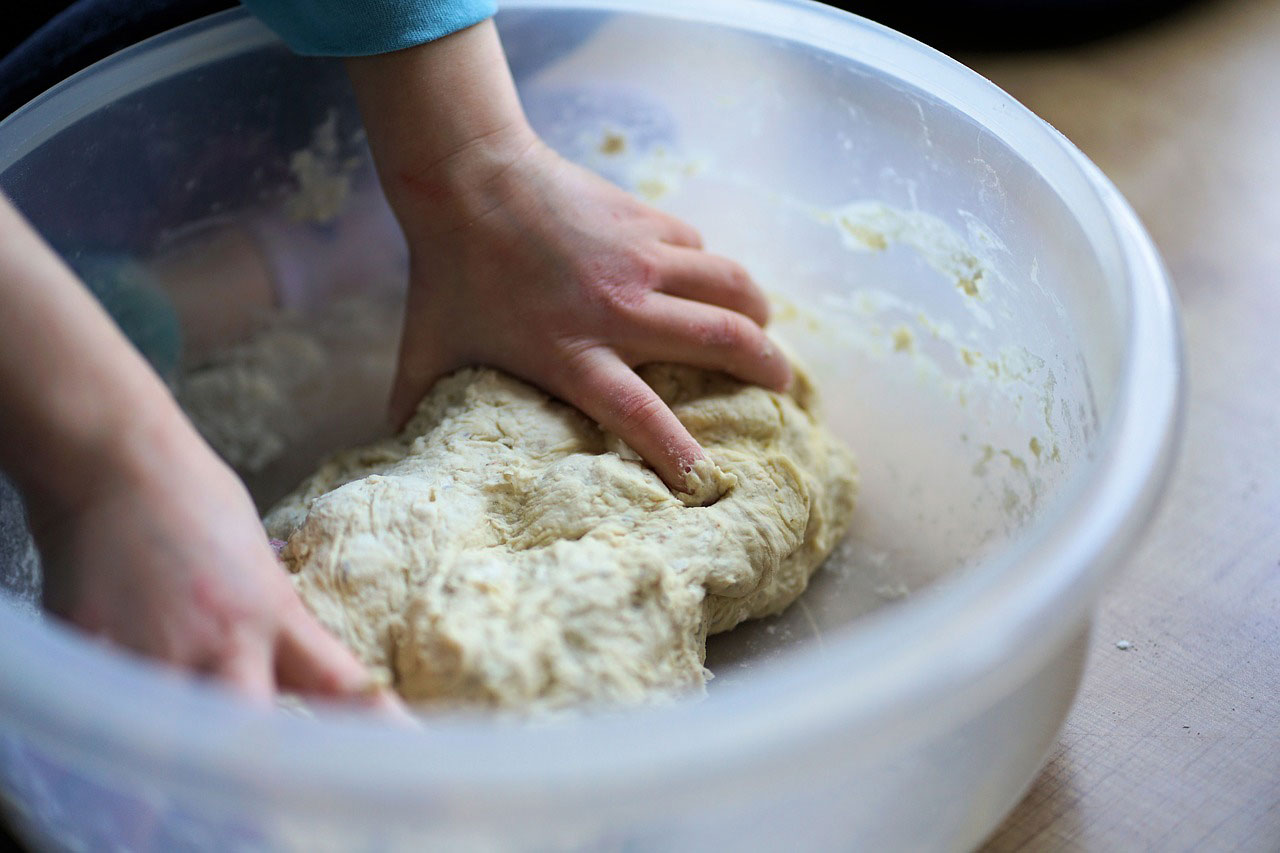
Hydrated Doughs and Batters: How to Safely Handle Food Safety Risks
Making dough and batter is one of the intermediary steps on your way to enjoying great foods, such as scones, cookies, cakes, donuts, pies and more. This article will help you understand the food safety risks associated with food types that have a hydrated batter.